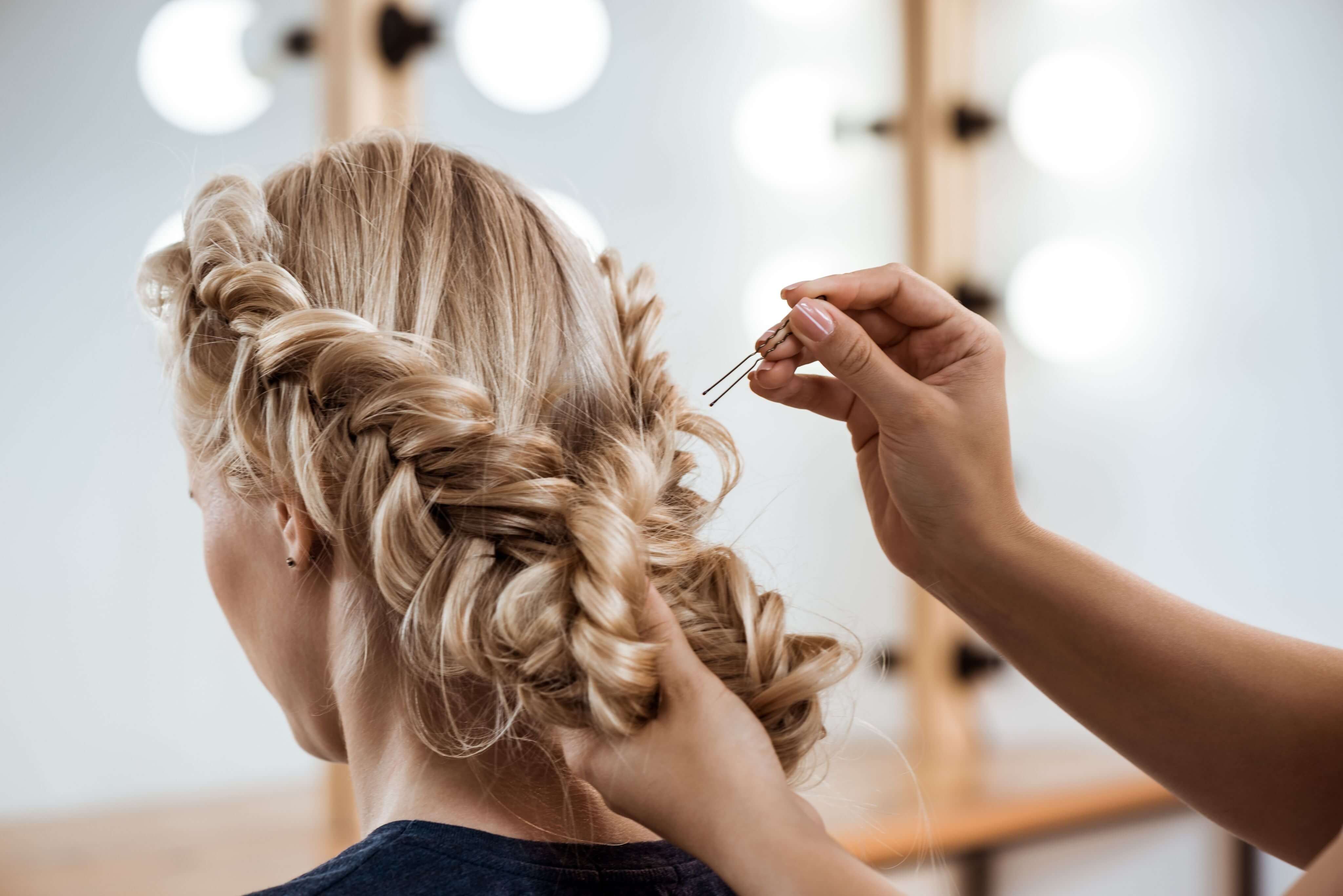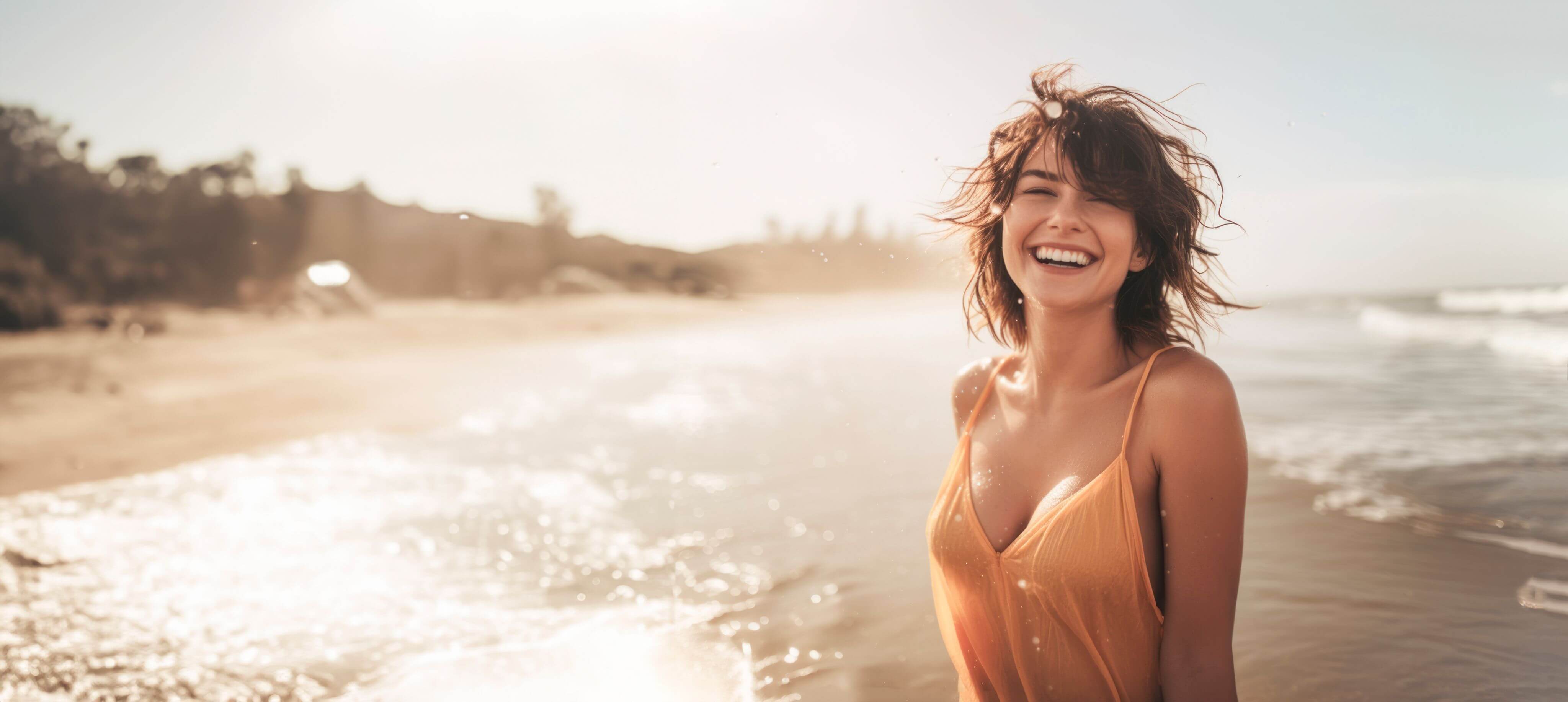
04 October 2021
What is plant-based coloring?
What is plant-based coloring? In recent years, the progressive awareness about the dangerousness of chemicals as well as the multiplication of allergic reactions to them has brought to light an ancestral coloring technique: plant-based hair coloring. This natural coloring technique is attracting more and more people, but few yet know what plant-based coloring is exactly. What is plant-based coloring? You should know that plant-based coloring has existed since the dawn of time. In general, plant-based coloring is a coloring technique based on powder of tinctorial and Ayurvedic plants, mixed with water. Quite simple. It is therefore a 100% natural process, without any synthetic product. The mixture forms a smooth cream that is applied to the hair. Due to the absence of chemicals and especially ammonia, the hair fiber remains intact and the plant pigments simply settle on the surface of the hair like make-up. Different plants are carefully selected and mixed together to meet various needs: a good grip on the hair, the coverage of white hair, the variation of highlights or even the protection of the hair thanks to the natural properties of plants. Because of its naturalness, plant-based coloring is a technique that has come back in force in recent years, with the general awareness about the importance of naturalness. At Rodolphe&Co, we have combined an old concept with cutting-edge innovation to create the Organic Infused Colors range, a 100% organic plant-based color with optimal efficiency. What are the benefits of plant-based coloring? Plant-based coloring can be used to color hair in different ways: to give a specific highlight to the hair or to cover white hair with a super natural result. It can also be used as a plant-based toner after a mineral balayage, combining these two technologies for a unique result! The naturalness of the hair is preserved by the super natural-looking results provided by the plant-based coloring. Thanks to the many properties inherent to the selected plants, the plant-based coloring also serves as a care for the hair and the scalp. For example, it helps cleanse the scalp, stimulate blood circulation, limit hair loss and stimulate hair growth, fight against itching, or even protect hair against external aggressions. Hair is shinier, softer and healthier with plant-based coloring.. Such coloring helps to preserve the health of the hair and the body. Indeed, nothing penetrates the hair or the body. The plant-based coloring only coats the surface of the hair fiber. Thus, it is suitable for a very wide target: people who are pregnant, under treatment, allergic to conventional products, or simply wishing to opt for a healthier lifestyle. The plant-based hair color is also environmentally friendly: the hair color is completely biodegradable, no chemicals are discharged into wastewater, so nature is preserved! What is the particularity of Rodolphe&Co's plant-based Organic Infused Colors? In addition to all the advantages mentioned above, the Organic Infused Colors plant-based coloring has been developed with all the innovation and professional expertise of Rodolphe&Co.. With its unique micronized powder at 150μm, the mixture obtained is super creamy and allows a homogeneous application of the color without lumps. 30% of the plants composing the Organic Infused Colors are care plants, to contribute to the balance of the hair and the scalp. It also offers a range of 11 intermixable shades, to allow a wide choice of colors and a customizable result unique to each person.. Its 100% organic formula, certified ECOCERT Cosmos Organic and COSMEBIO, can also be infused with the HydroGel, our algo-marine gel rich in active minerals, Guérande salt and baking soda, also certified by ECOCERT, in order to boost the effectiveness of the plant-based coloring. Where to do my plant-based color? The Organic Infused Colors coloring is a professional coloring, it is therefore to be carried out in one of our many partners salons in France and abroad. To find the salon closest to you, go here! You also have the option of doing your maintenance coloring at home with the Greenleaf Botanique plant-based coloring, developed with the same technology and also 100% natural and organic. They allow you to touch up your growing roots and help out if you can't make it to the salon! A few examples of our Organic Infused Colors How to maintain my plant-based color? For good durability of your plant-based coloring, we recommend that you do not shampoo within the next 72 hours of coloring. Indeed, it is necessary to give the pigments a little time to fix themselves well on the hair and reveal their real color. It should also be maintained on a daily basis with a suitable conditioner such as the Cosmos Natural certified GreenColor Conditioner, in order to regulate the balance of the hair and make the color last over time. Other questions about plant-based color? Check out our dedicated FAQ page here!
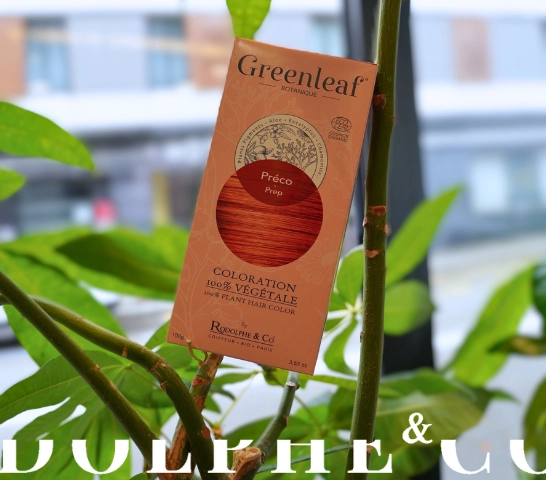
01 October 2021
Your questions about plant-based coloring
Your questions about plant-based coloring (FAQ) In recent years, the progressive awareness about the dangerousness of chemicals as well as the multiplication of allergic reactions to them has brought to light an ancestral hair coloring technique: plant-based coloring. This natural coloring technique is attracting more and more people, but a lot of misinformation still circulates about it. In this article, we disentangle the true from the false and we answer all your questions about plant-based coloring. Do not hesitate to submit them to us by email or on our social networks to continue updating this FAQ! Is plant-based coloring natural?In principle, it is a 100% natural coloring, because it is composed only of plants mixed with water. However, beware of some unscrupulous coloring brands that claim to be natural or plant-based without having an adequate composition. For this, we recommend that you read the labels and the list of ingredients carefully. Good plant hair color is 100% plant-based. Is plant-based colors henna?No, but the opposite is true. Henna is a plant that gives copper highlights, makes the hair shine and purifies the scalp. Applying only henna is a form of plant-based coloring. But henna is often part of a complex mix of different tinctorial and Ayurvedic plants to compose a professional plant-based coloring. Is plant-based coloring permanent?Yes, plant-based coloring is permanent. It is not a hair color that fades after a few shampoos! Does plant-based coloring dry out hair?Yes, it can contribute to drying the hair out. That is why we recommend maintaining it with a hydrating care such as the Greencolor Conditioner, in order to compensate this drying effect and maintain soft and shiny hair! Can we go from a chemical coloring to a plant-based one?Yes, it is possible to transition from a chemical coloring to a plant-based one, by doing a hair detox in order to purify the hair from synthetic leftovers. Does plant-based coloring cover white hair?Yes! The plant-based Organic Infused Colors by Rodolphe&Co and Greenleaf Botanique are developed to ensure optimal and natural coverage of up to 100% of white hair, with transparency effect or not. For optimal hold, we recommend the use of the HydroGel and a regular application (every 3 weeks) for people with difficult white hair. How long does a plant-based color last?This coloration being completely natural, it often requires a longer resting time. Depending on the desired results and the color chosen, you will have to wait between 30min to 2hrs. In addition, you must also wait 48 to 72 hours without shampoo after the plant-based coloring, so that the pigments set and reveal all their splendour. How long between two plant-based color application?It depends on everyone's needs: you can totally apply a plant-based coloring as a treatment once a week, or opt for covering the roots as soon as they are visible... There is no rule! Is plant-based hair color non-allergenic?Organic Infused Colors and Greenleaf Botanique plant-based hair colors do not contain synthetic elements that are aggressive and irritating to the skin. On the other hand, a person can be allergic to everything, even to 100% plant coloring. Risk zero does not exist! This is why, before applying a plant-based coloring, we recommend carrying out a test application on the wrist in accordance with the instructions and the precautions for use. Synthetic colorings may have got some people over-sensitive. I am pregnant, can I use plant-based hair colors?Yes, we recommend plant-based coloring to all pregnant or breastfeeding women. Can we lighten hair with a plant-based color?No. The plant-based coloring does not contain any synthetic element that makes it possible to remove the scales of the hair and to lighten it. Plant-based coloring only allows tone-on-tone or darker coloring. On the other hand, you can do a Mineral Balayage to lighten your hair before applying a plant-based toner. Can we lighten a plant-based hair color?It is possible to do a Mineral Balayage on plant-based colored hair, but only on light colors. This is because whitening reacts poorly to the indigo plant and may cause undesirable results. To find out what can or cannot be done depending on your situation, we recommend that you visit one of our Rodolphe&Co salons in order to do a totally personalized diagnosis of your hair. Can we obtain cold tones with plant-based color?Yes, we have a few cold colors (Black, Walnut and Deep Chestnut are rather intense cold colors). If you are blonde, we recommend the Golden Blonde shade, leaving it on for only 20 minutes without heat in order to obtain a beige shade. How to choose my plant-based hair color?You can go to one of our Rodolphe&Co salons to do a personalized diagnosis according to your preferences and needs. You can also carry out an online self-diagnosis by following this link, in order to determine in advance the color that you would like to see on you! Caution! Plant-based coloring being a natural colouring, it can react quite differently depending on many criteria: the nature of the hair, the pH of the scalp, the temperature, the external conditions, the stress, etc. It should therefore be kept in mind that the result shown is an estimate and not a guarantee. Is plant-based coloring organic?You need to distinguish "natural" from "organic", a natural product is not necessarily organic. An organic ingredient must have been grown according to ORGANIC standards, that is to say without pesticides, respectful of the environment and the naturalness of the product, and certified by a regulatory body such as ECOCERT or COSMEBIO. Our Organic Infused Colors and Greenleaf Botanique plant-based hair colors are 100% ORGANIC certified by Ecocert. Choosing a certified organic coloring is the only guarantee that there were no pesticides or other toxic substances on the plantations before harvest. Is plant-based coloring vegan?Yes. A good plant-based hair color is only made of plants, it is a totally vegan product. What is the role of the HydroGel?HydroGel is a technology developed and manufactured in Brittany which allows you to obtain a brighter, more intense plant-based color and to get a real hair care during the application of the color. It is optional and can also be used alone between your colors or if you have scalp problems (dandruff, chronic itching, eczema...) Is the HydroGel natural?Yes, the HydroGel is natural and certified organic by Ecocert COSMOS ORGANIC, its mineral and plant active ingredients are essentially marine and Breton. Breton manufacturing.
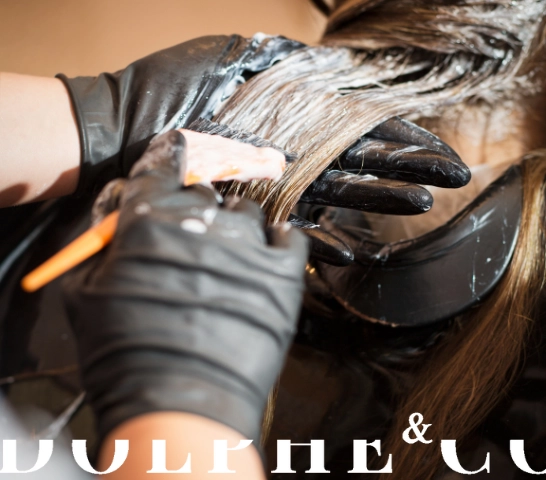
14 September 2021
Natural coloring vs chemical coloring
Natural coloring vs chemical coloring Hair coloring is a process that many and many people do. Whether it is to add touches of light to natural hair, to color locks or even to start a drastic color change, it is no longer something to introduce. What may seem new, however, are natural coloring techniques. What is natural coloring? The difference between chemical coloring and natural coloring mainly lies in the pigments used. A chemical coloring – called oxidation – is revealed with synthetic pigments mixed with an oxidant, often ammonia or ethanolamine (MEA), which are aggressive substances for the hair and scalp, and potentially dangerous (allergens, carcinogens, endocrine disruptors…) in addition to being dangerous for the environment – to find out more, watch this explanatory video. Such a mixture (called oxidation-reduction) can penetrate to the core of the hair fiber, in order to allow a very fast hold and a lasting transformation of the hair. A natural coloring is revealed by pigments of natural origin. There are two types of natural hair color: mineral hair color and plant-based hair color. Plant-based coloring is simple: it consists of a powder of tinctorial and Ayurvedic plants (100% natural therefore and Ecocert certified at Rodolphe&Co) mixed with water and possibly HydroGel, a mineral base, also Ecocert certified, which will boosts the color effectiveness. The whole will create a creamy mixture which is deposited on the hair without altering the fiber, like makeup, and thus allows a tone-on-tone coloring or darker than the base color, with a super natural result. Be careful, natural coloring does NOT lighten the hair. Mineral coloring, on the other hand, consists of a creamy base composed of plant and mineral active ingredients (such as clays or Mother-of-Pearl from Brittany) as well as dyes (TDS) which color without penetrating the hair fibre. This is a coloring process that is 95% to 97% natural, which offers many color possibilities. What are the benefits of a natural coloring? Respect for the environment: a natural coloring, and therefore free of chemicals, has many advantages, especially in terms of ecology. By avoiding the use of chemical ingredients that are not always biodegradable, natural coloring products do not contaminate wastewater and are therefore much more respectful of the environment. At Rodolphe&Co, we are also committed to donating 1% of our annual turnover to environmental associations, as part of the 1% for the Planet action. Respect for the hair fiber: natural, mineral and plant-based colorings do not use ammonia or derivatives (ethanolamine or MEA), so they do not penetrate the hair fibre. This protects the health of the hair by limiting aggressions. Respect for the scalp: due to the absence of synthetic components which are often irritating and allergenic, natural hair colors do not irritate the scalp and therefore avoid itching. The scalp is respected. Respect for the overall health: natural coloring products do not penetrate cells, and therefore the body, so they are less allergenic and carcinogenic (beware, zero risk does not exist!). Mineral coloring as much as plant-based coloring are therefore both suitable for pregnant or breastfeeding women, people undergoing treatment, chemo or simply who cannot stand conventional coloring products! What are the limits of natural coloring? If there is one thing to remember about natural hair color, it's that you can NOT lighten hair. Indeed, the absence of ammonia or derivatives makes it impossible to open the hair scales to facilitate the penetration of color – this is precisely what helps protect the hair fiber! This is the main limitation of natural coloring, but be aware that it is possible to lighten your hair naturally with a Mineral Balayage, which you can then combine with a vegetable or mineral toner! And yes, we always find natural solutions ;) A second notable limitation of natural coloring is its resting time. If you could change color in 30min with a chemical coloring, it will often be necessary to wait a little longer in natural. Mineral coloring has a quick to medium resting time (with 40min of application on average depending on the desired results), while plant-based coloring often requires between 30min to 2hrs of application depending on the needs but also on the recurrence of visits to the salon. This will require a little extra time in your schedule! Some results of natural coloring Mineral Colours Plant-based colors And you, have you taken the natural step? Do not hesitate to ask us all your questions about natural coloring via our Facebook and Instagram pages! And for more information, don't hesitate to watch Teatime #3 in which Rodolphe talks to you in detail about the difference between these two types of hair color!
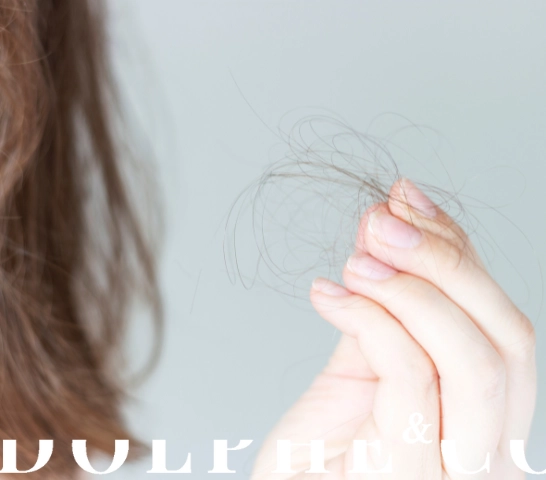
09 September 2021
Why do we lose hair?
Why do we lose hair? Hair loss is a real social phenomenon that affects both men and women, throughout a lifetime. Before panicking, you should know that this loss is natural: it is normal to end up with 1 or 2 hairs when you run your hand through your scalp from time to time, it is part of the normal life cycle of the hair. On the other hand, an imbalance in this cycle, due to various factors, can lead to a much greater loss for which we should be concerned. In order to understand why we lose our hair, let's first start by understanding the hair's life cycle. The life cycle of a hair The life cycle of a hair is punctuated in 3 distinct phases:The growth phase or anagen, which lasts between 3 and 5 years, during which the hair is growing continuouslyThe resting or catagen phase, which lasts about 3 weeks, during which the hair detaches from its dermal papillaAnd the fall or telogen phase, which can last up to 4 months, during which the hair, whose bulb is weakened, gradually comes out of the scalp until it ends up falling naturally. Why do we lose hair? Normally, we have a proportion of about 85-90% hair in the anagen phase and 10-15% in the telogen phase. When you are facing hair loss, this cycle is unbalanced. The amount of hair in the growth phase is reduced, while the amount of hair in the fall phase is increased. This imbalance can be caused by hormonal changes, stress factors, deficiencies, seasonal changes... The back to school season in September is often conducive to falling, a consequence of the stress that can be felt before the summer holidays (as a reminder, hair takes up to 4 months to fall out!). What solutions for hair loss? First of all, to prevent too much hair loss, make sure to adopt a healthy routine for your hair. Check that the hair products you use are well suited to you and your hair, that they have a good composition, and that they have not expired! To stimulate the growth of your hair and limit hair loss, perform a simple and effective gesture regularly: self-massage. Massage your scalp from time to time, with the hand in a star form above the scalp to act well on the nerve endings, with small circular movements to stimulate blood circulation. Finally, be sure to maintain a healthy lifestyle as well as a balanced diet, to stay healthy and avoid deficiencies (including zinc, iron, vitamins B12 and B6) that will potentially cause unwanted hair loss. In addition to a healthy lifestyle, we invite you to discover two products with a natural composition that allow you to fight against hair loss: HAIR FORCE dietary supplements, as well as the patented DERMO-CHUTE serum, to be adopted from complementary way for an optimal result. The HAIR FORCE dietary supplements Natural, organic, vegan and made in France, these dietary supplements made of French marine active ingredients, vitamins and minerals are intended to strengthen the hair, prevent hair loss and stimulate hair growth. For more information on HAIR FORCE, consult its page here or watch this explanatory video! The Dermo-Chute hair loss Serum 100% natural and certified organic, this anti-hair loss serum is patented AnaGain™ for proven effectiveness (for more information on the AnaGain™ patent, see this article). Thanks to its 100% natural composition formulated with the professional expertise of Rodolphe&Co, this serum allows you to treat hair loss in depth directly at the cellular level. For more information on DERMO-CHUTE, check out its page here or watch this explanatory video!

30 August 2021
A precious Gel for your hair, natural and certified organic!
A precious Gel for your hair, natural and certified organic! Whether you have straight, frizzy, curly, dry, damaged, colored or natural hair... a treatment is always good! If you are looking for a natural, certified organic, and versatile hair care product, we are going to present you a gem that will please you: the Pearly Gel. The Pearly Gel, what is it? To make it simple, the Pearly Gel is a no-rinse detangling care. But in reality it is much more than that! As a hair detangler, this precious gel facilitates daily hair styling and naturally supports the hairstyle. Particularly rich in Mother-of-Pearl from Brittany, seawater, vegetable rice proteins and aloe vera, the Pearly Gel hydrates the hair, while providing it with a natural anti-UV and anti-pollution filter without chemical filters.. The vegetable rice protein will naturally "inflate" the hair, allowing it to give volume to the hair, draw the curl and give bounce to curly and/or curly hair. The Mother-of-Pearl contained in large quantities will make your hair shine and sublimate it. With its marine benefits provided by seawater and mother-of-pearl from Brittany, the Pearly Gel will allow your hair to regain softness and tonus, naturally! Discover all the benefits of mother-of-pearl in this article. What does the Pearly Gel contain? Natural and gluten-free, this is a care for everybody.With organic aloe vera, vegetable proteins from rice, precious extracts of Nacre from Brittany and sea water, the Pearly Gel is made up of 98% ingredients of natural origin, and 28% from of Organic Agriculture, certified by Ecocert Cosmos Organic and Cosmebio. Complete list of the ingredients here. How to apply the Pearly Gel? The Pearly Gel can be applied in two different ways. On dry hair: apply a small amount of the Pearly Gel, mainly on the hair ends and lengths, then detangle with a wide comb or a brush, to bring shine and deeply hydrate the hair.On curly to wavy hair: apply the Pearly Gel to dry or wet hair, from the length to the root, to define and give bounce to the curl. In both cases, shake before using to mix up the active ingredients. With its pretty glass bottle, its shine due to mother-of-pearl and its practical capacity of less than 100mL, the Pearly Gel has it all! It's the perfect everyday hair companion, wherever you go! Try out the Pearly Gel juste here.

No more result
No more result

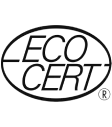



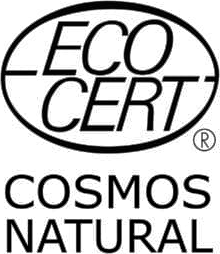
.png)

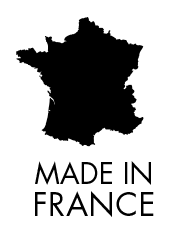
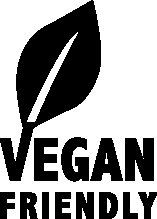

 (9).png)

Learn
together
